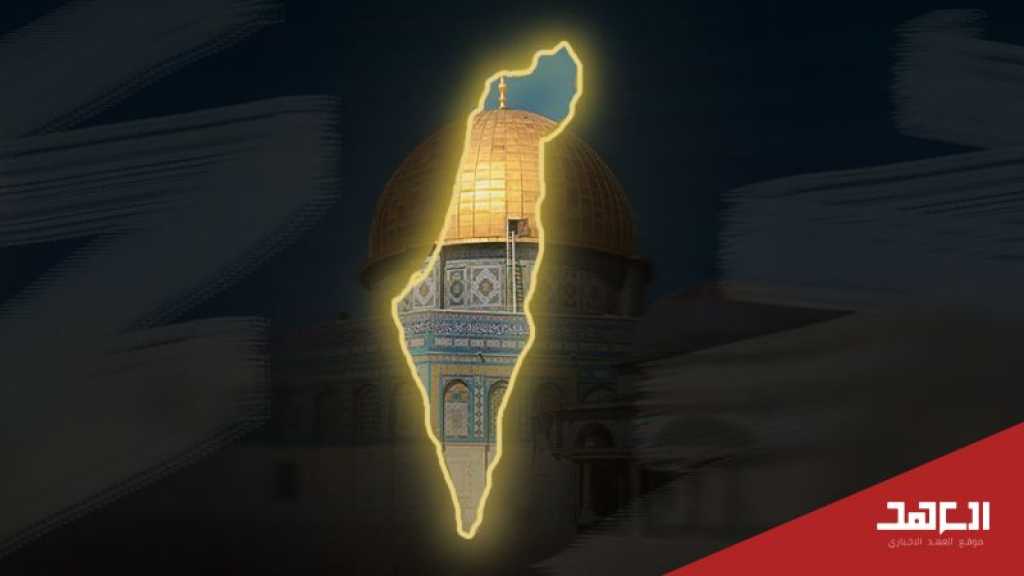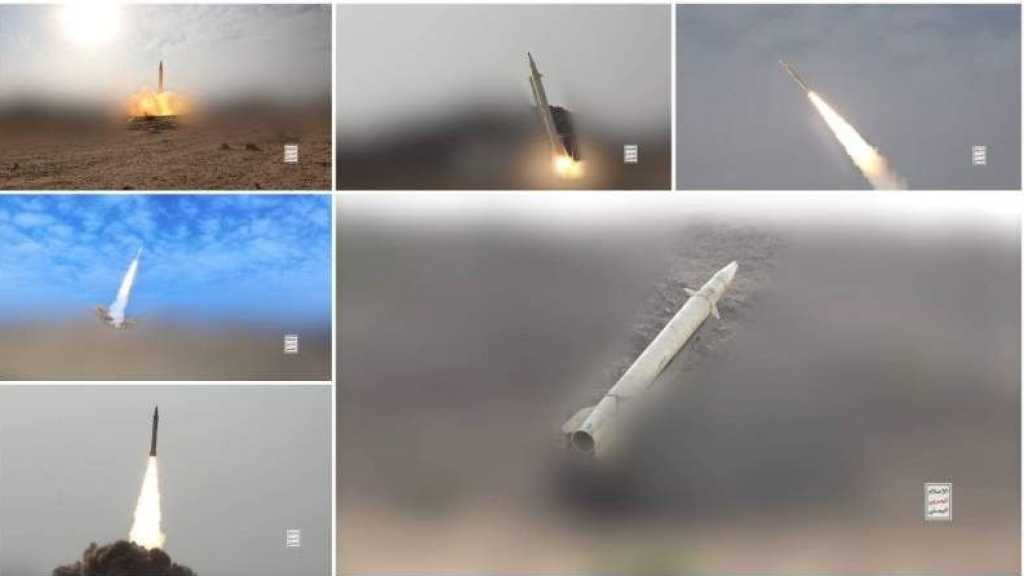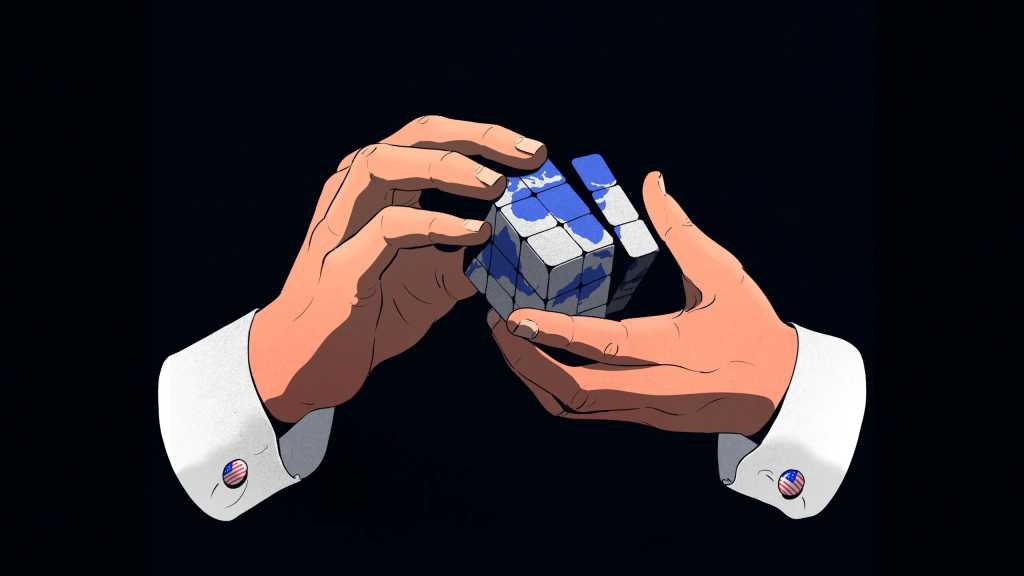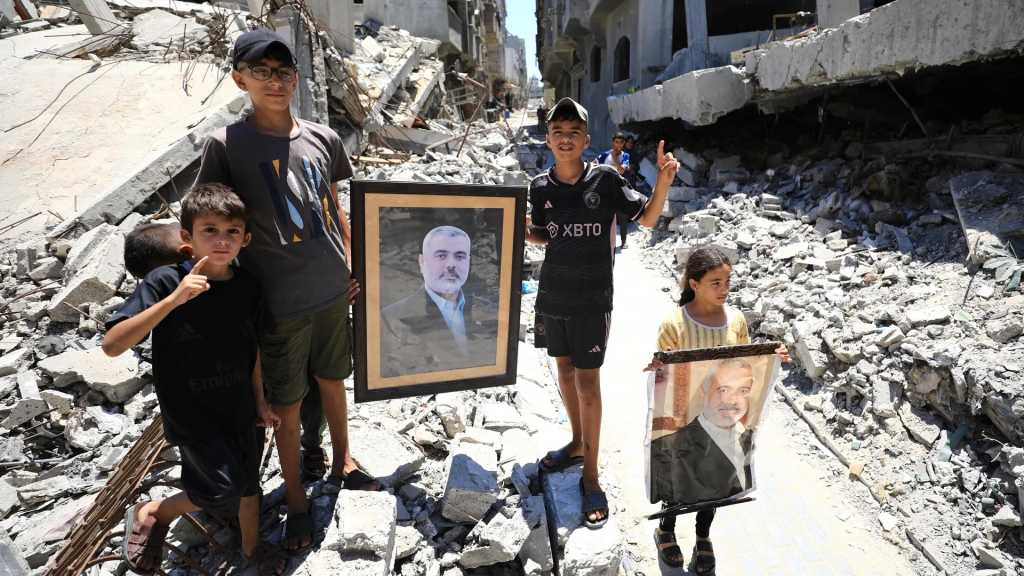Al-Quds Day in Lebanon: A Constant Tradition

By Latifa Al-Husseini
Lebanon - From the very beginning, young believers adhered to the historic declaration by the leader of the Islamic Revolution, Imam Ruhollah Khomeini, regarding International Quds Day.
The response was almost immediate after he declared that the last Friday of Ramadan be commemorated annually as the primary cause of the Muslim world. That was in 1979 following the victory of the revolution. It was the beginning of the story of Quds Day in Lebanon and the world.
In 1982, Hezbollah was born. The faith-based jihadist movement defined its objectives: expelling the occupiers, liberating the land, and embracing Palestine to the fullest. Between the years of its founding and getting organized, the resistance intensified its military activities during a harsh period in Lebanon’s history following the “Israeli” invasion of Beirut.
The beginning of the commemoration
In 1986, Hezbollah officially began marking Quds Day as a fixed date on its annual agenda. From Beirut to the Beqaa, people marched through the streets in large numbers. Religious scholars, scouts, youngsters, and recruits in military uniforms and with modest models of Al-Aqsa Mosque filled the streets to raise the banner of Al-Quds and highlight the importance of the cause.
Throughout the 1980s, the commemorations attracted bigger crowds. The activities of International Quds Day moved from Ouzai to the depths of the southern suburbs of Beirut [Dahiyeh], with the first generation of the Resistance’s leaders taking part. “We will liberate dear Al-Quds” – that was the title of this stage. It was written on the banners that were carried during the marches.

The displays evolve
It's the 1990s. Different generations participate in the Quds Day marches, and new components enter the picture. Rappelling and performances on high ladders as well as jihadist mobilization and workers in the health sectors are included. The symbolic models of Palestine are a constant feature during the rallies. Motorcycles and helicopters are also used. In all of this, the face of Imam Khomeini headlines the activities, with the Secretary-General Sayyed Hassan Nasrallah attending. Meanwhile, the flags of the United States and the Zionist entity are trampled in the squares.
After Dahiyeh and the central and western Beqaa hosted the activities, the South, despite the [“Israeli”] occupation at the time, joined the revival timeline. 1996 was the first year communities in the South heed the call of Al-Quds and mark it there.


The golden stage
The year 2000 and what followed can be described as the golden stage of Quds Day in Dahiyeh and Baalbek. The planning and arrangements are executed with professionalism, in numbers and form. The attendees included Lebanese and Arab officials. Who can forget when Ramadan Abdullah Shalah, the former Secretary-General of the Islamic Jihad Movement, sat next to Sayyed Nasrallah and watched the event unfold, which also captivated the entire resistance environment and others? Quds Day transformed into a captivating and attractive occasion that no one could sidestep.
Throughout those years, the title was ‘O Al-Quds’, and the most famous hymn was ‘Al-Quds Is Ours’. The anthem is engraved in the memory to this day. It was sung by the Al-Israa band and has become part of an annual tradition that brings to mind Sayyed Hadi Highway as a center that carries a national and revolutionary spirit that lives on.

From the heart of destruction, the call is Palestine
2006 has another chapter in the calendar of Quds Day commemoration. The destruction inflicted on Lebanon by the Zionist aggression in July 2006 did not stop Hezbollah from observing the Ramadan tradition.
From the rubble, the marches emerged. Palestinian flags topped the buildings in Dahiyeh that stood steadfast during the harshest 33 days. Under the title ‘The Promise of the Hereafter’, participants raised pictures of the disappointed Zionists in the war with the resistance. They also chanted ‘O Quds, we are coming’ and wore the ‘Al-Quds is ours’ logo.
The Hezbollah nation has never missed a year of marking Quds Day. There is no deviation from the duty of loyalty to the central cause. In the memory of the founders and all the archives of the faithful, Palestine is the mother of objectives, titles, programs, occasions, and a constant. It will remain so until the promise of the afterlife is fulfilled.

Comments




